In our increasingly urbanized world, the innate human connection to nature often feels distant. This disconnect impacts our well-being and health. Embracing biophilic design for healthier living spaces offers a profound solution, seamlessly integrating natural elements into our homes. It’s more than just aesthetics; it’s a strategic approach to creating environments that nurture our physical and mental health. Discover how these principles can transform your daily life.
Contents
Understanding Biophilic Design Principles

Applying Biophilic Principles for Healthier Living Spaces
Biophilic design fundamentally transforms living spaces into restorative environments. It leverages our innate connection to nature, moving beyond mere aesthetics to actively create healthier living spaces. This approach enhances well-being, reduces stress, and improves cognitive function within the home by integrating specific natural elements and patterns.
Direct connections to nature are paramount. Maximizing natural light and fresh air intake supports healthy circadian rhythms, crucial for sleep and mood. Incorporating living plants not only adds visual appeal but also naturally purifies indoor air. For example, a smart home air purifier can complement these natural benefits, ensuring optimal air quality.
Indirect connections are equally vital. Utilizing natural materials like wood and stone, alongside organic textures and colors, evokes a sense of calm and authenticity. Thoughtful spatial configurations, offering both expansive views (prospect) and secure retreats (refuge), mimic natural landscapes. This design strategy provides psychological comfort, fostering a deep sense of security and mental restoration.
Health Benefits of Integrating Nature Indoors
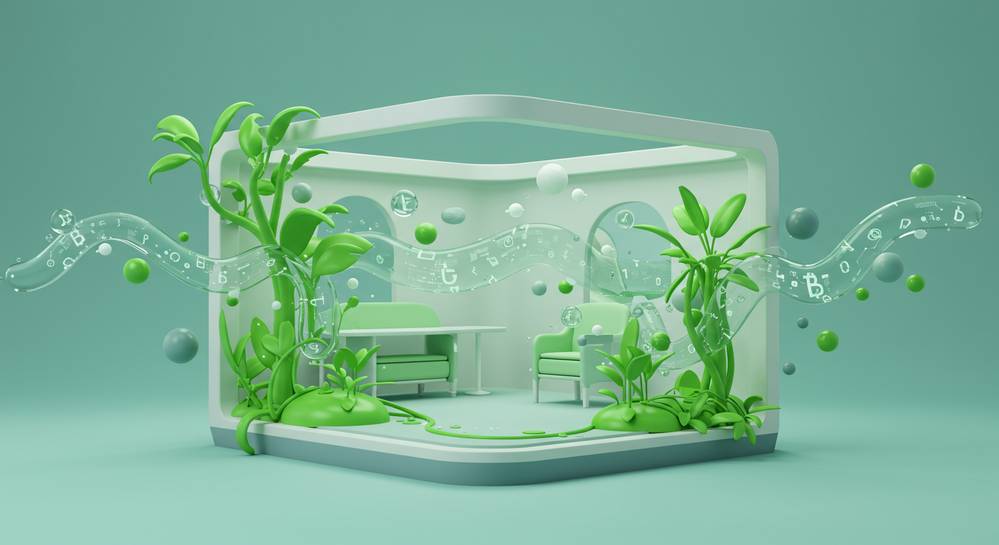
Integrating nature indoors through biophilic design offers profound, scientifically-backed health advantages. This approach transforms living environments, directly contributing to enhanced physiological and psychological well-being. Focusing on biophilic design for healthier living spaces significantly improves daily life quality.
Studies consistently show reduced stress and anxiety. Exposure to natural elements, even visual cues, lowers cortisol levels and heart rates. This fosters a calmer state, essential in today’s fast-paced world. Furthermore, cognitive function improves, with natural environments enhancing focus, creativity, and problem-solving abilities, aligning with attention restoration theory.
Beyond mental benefits, physical health sees tangible gains. Indoor plants naturally purify air, filtering common pollutants and improving air quality. Optimizing natural light exposure also regulates circadian rhythms, leading to more restorative sleep. Smart lighting systems can further support this by mimicking natural light cycles, enhancing sleep patterns. Thoughtfully designed spaces encourage movement, promoting increased physical activity.
Practical Ways to Incorporate Biophilic Elements
Practical Biophilic Design for Healthier Living Spaces
Creating a biophilic sanctuary doesn’t demand extensive renovations. Small, intentional changes can significantly enhance your living environment, fostering healthier living spaces. Thoughtfully integrate natural elements that resonate with our innate connection to the natural world.
- Maximize Natural Light: Unobstructed windows and mirrors amplify daylight, regulating circadian rhythms. Smart home lights can further complement natural light cycles.
- Embrace Indoor Plants: Choose plants suited for your home’s light. Grouping them creates impact; living walls offer a striking, air-purifying feature.
- Select Natural Materials: Incorporate wood, stone, cork, and wool in furniture and decor. These tactile elements ground your space, connecting you to nature.
- Incorporate Water Features: A small indoor fountain offers soothing sounds and a dynamic visual element, bringing water’s calming presence indoors.
- Utilize Natural Scents and Sounds: Diffuse essential oils with earthy notes or play ambient nature soundscapes. These sensory inputs deepen the biophilic experience.
- Create Views to Nature: Position furniture to face pleasant outdoor views. If views are limited, consider nature-inspired art or murals.
Implementing these practical biophilic elements creates a more harmonious and restorative home. Healthier living spaces are truly within reach for everyone.
Beyond Aesthetics: The Long-Term Impact of Biophilic Spaces
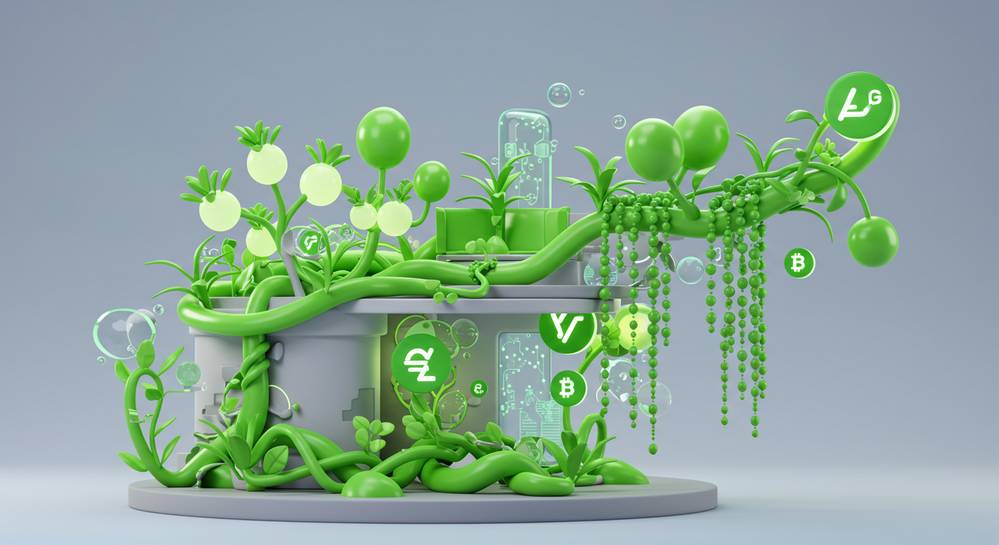
Biophilic design extends far beyond mere visual appeal, offering profound long-term impacts on our quality of life and the environment. By thoughtfully integrating nature, these spaces become truly healthier living environments. This approach cultivates a deeper appreciation for the natural world, fostering more sustainable behaviors.
- Enhanced Sustainability: Biophilic principles inherently align with sustainable building. They reduce energy consumption through optimized natural light and ventilation, minimizing environmental footprint.
- Improved Well-being and Productivity: Consistent exposure to biophilic elements in homes leads to sustained improvements. Residents experience better mood, enhanced mental clarity, and overall life satisfaction.
- Increased Property Value: Homes designed with nature’s thoughtful integration are increasingly desirable. They attract buyers prioritizing health, well-being, and environmental consciousness in their living spaces.
- Resilience and Adaptability: Spaces harmonizing with natural cycles become more adaptable. They respond better to changing seasons and individual needs, offering enduring comfort and functionality.
Investing in biophilic design is a strategic commitment. It builds a healthier, more sustainable future for individuals and the planet, moving beyond simple decoration to truly transformative living.
Embracing biophilic design is a powerful step towards cultivating healthier, more harmonious living environments. By consciously weaving natural elements and patterns into our homes, we unlock profound benefits for our physical and mental well-being. It’s an invitation to reconnect with the natural world, transforming ordinary spaces into sanctuaries that support and inspire. Explore more innovative home solutions and enrich your lifestyle by visiting Home Gadget Digest today.




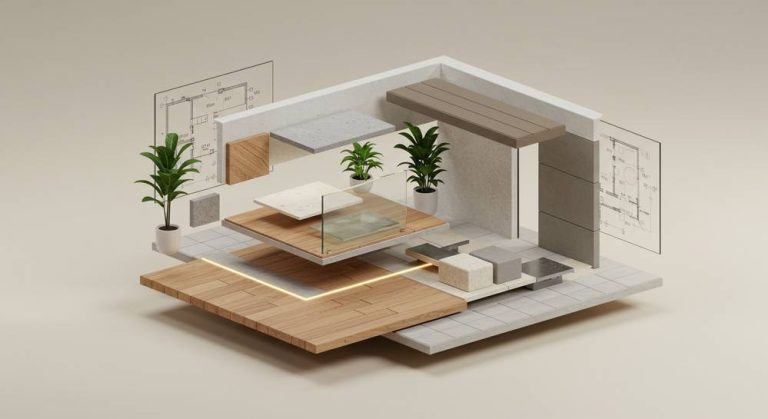
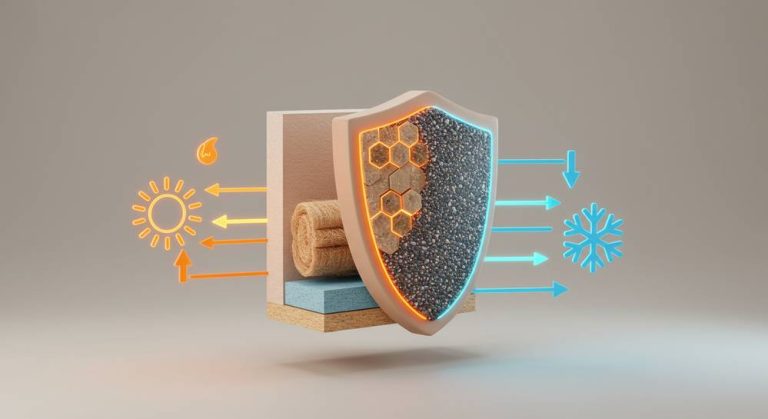









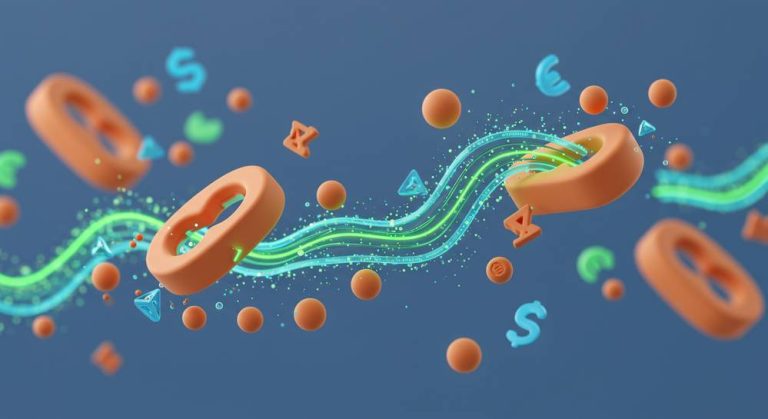
+ There are no comments
Add yours